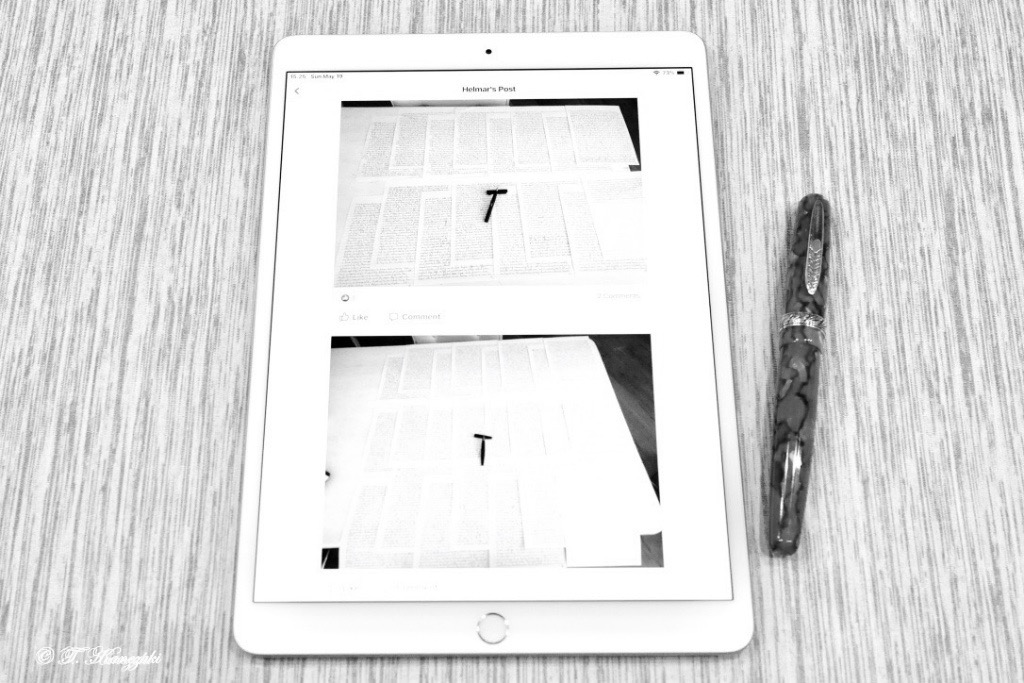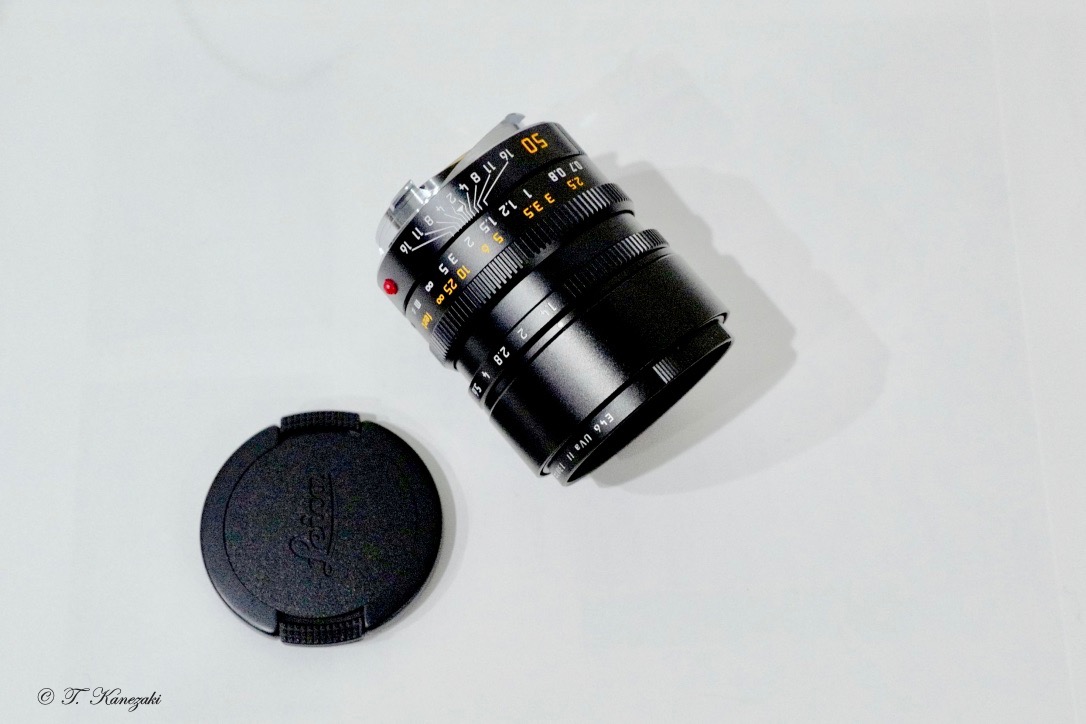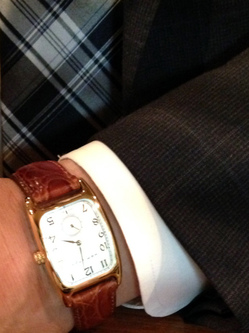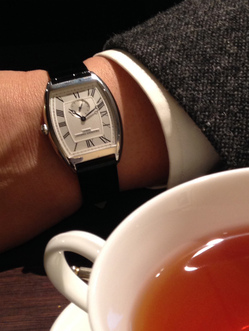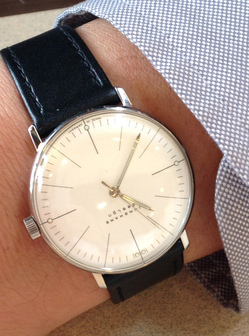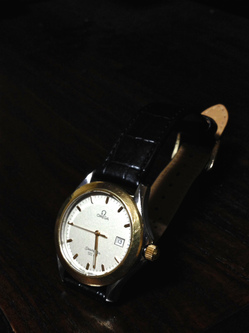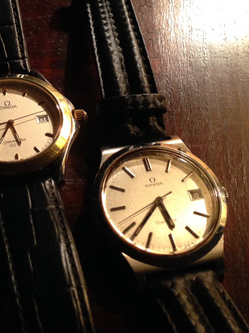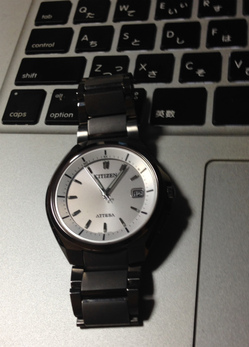お気に入りの5台のカメラ
このホームページの写真は、これら5台のカメラとコンパクトカメラで撮っている。
<上から順に-お気に入り順->
■ アサヒ ペンタックスSP レンズ 45mm~110mm
■ ミノルタ アルファ7000 レンズ 35mm~110mm
■ キャノン EOS Kiss レンズ 18mm~55mm
■ ソニー ソニーα レンズ F3.5 16mm~50mm
■ ライカ LEICA Q (Typ 116) レンズ 28mm F1.7 ASPH 28mm~50mm
■ ライカ LEICA M10-P レンズ SUMMILUX-M 1:1.4 / 50mm ASPH
■ ライカ LEICA M3 (ダブルストローク) レンズ Summicron 50mm F2 1st Collapsible
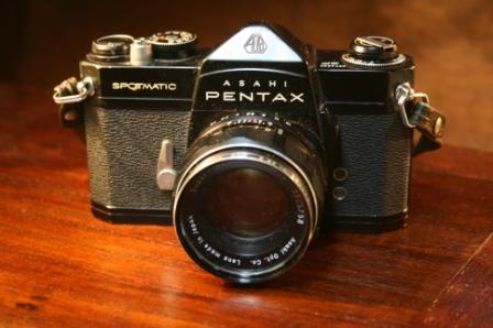
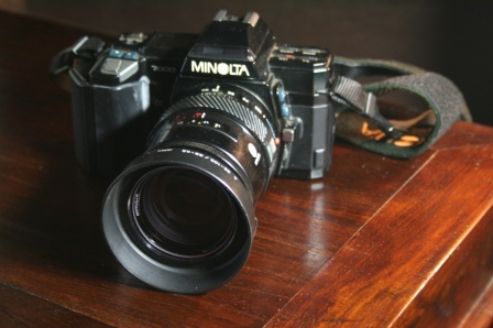


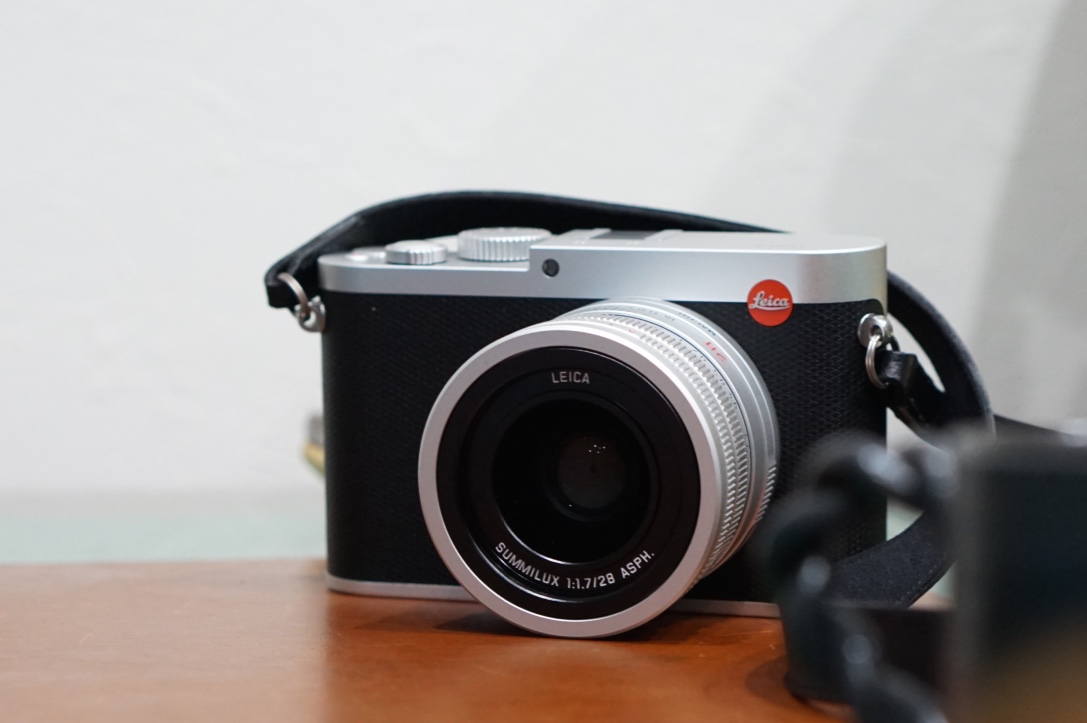
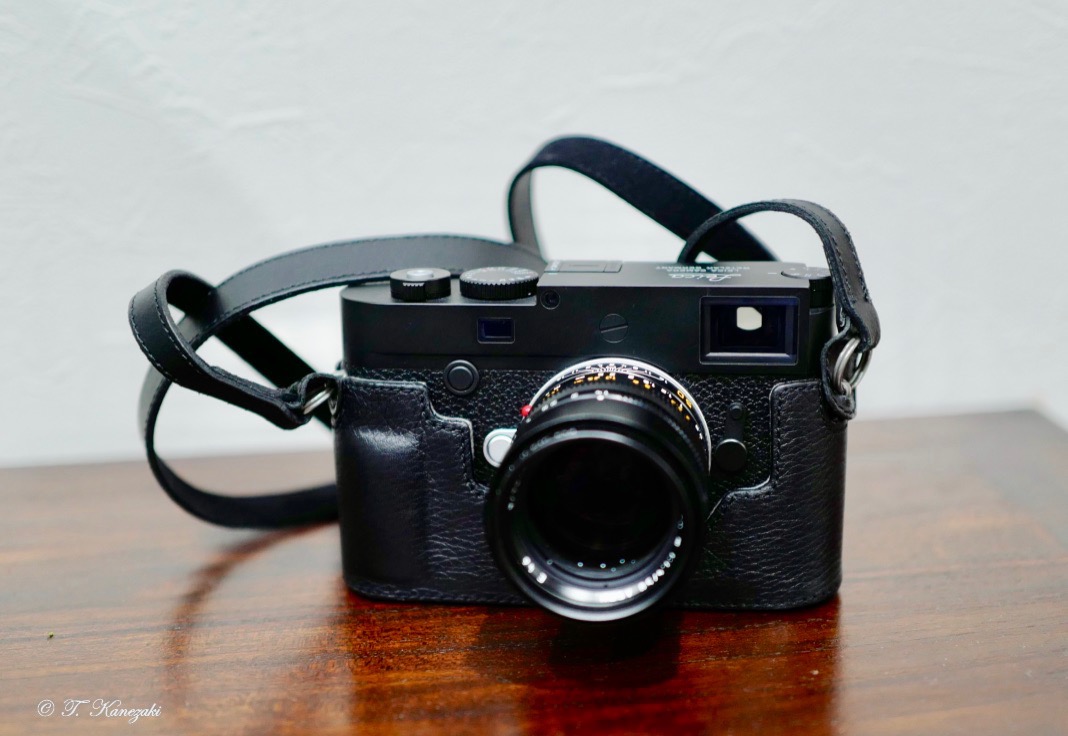

ー Leica M10-P / SUMMILUX-M 1:1.4/50mm ASPH ー
Leica's M-series cameras have rightly earned their place in photographic folklore, and have been used by some of the world's greatest photographers.
The standard M10 that Leica launched in 2017 was without question the best digital interpretation of the series we've seen, especially as it lost some weight compared to its digital predecessors, and was a svelte as its legendary film siblings.
There's no low-pass filter over the sensor, so that's good news for fine detail rendition. The M10-P also foregoes any image stabilization, either in the camera or on Leica M lenses (which might sound like sacrilege for Leica aficionados), so you better have your technique nailed down.
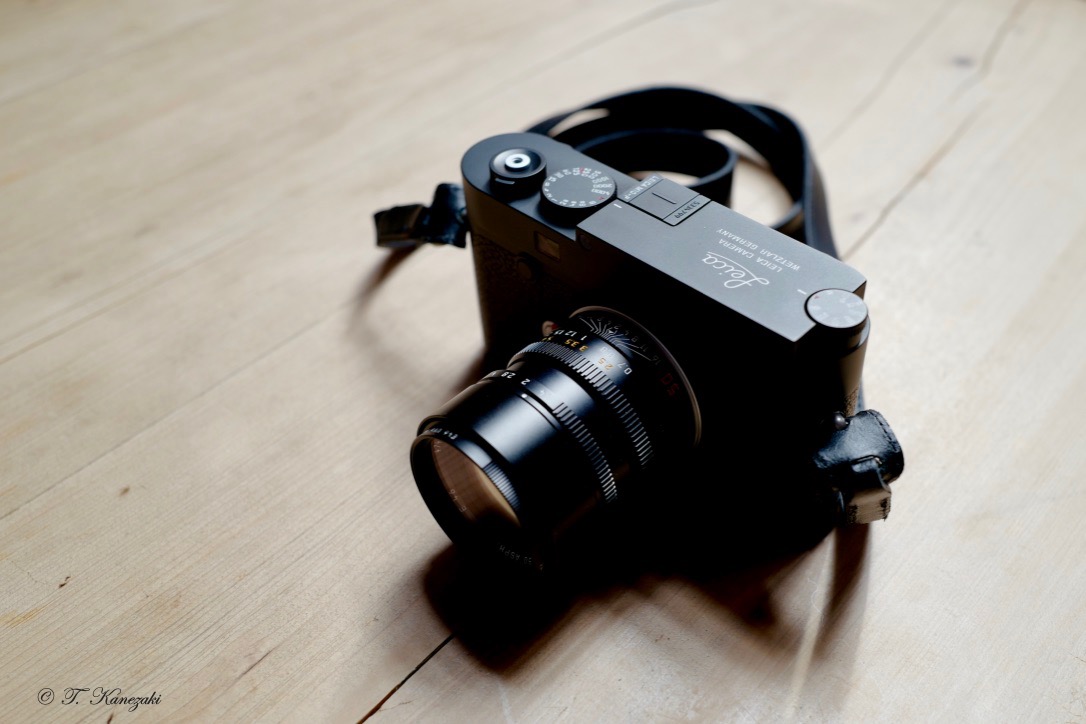
Leica would no doubt argue that the compact size of the M10-P (it has the exact same dimensions as the film version and is just 33.7mm thick), partnered with Leica's luxurious fast prime lenses, means an anti-shake system isn't required.
As the M10-P is a rangefinder camera, it sports an optical viewfinder. Or to be more precise, a 'Messsucher' (what Leica calls its combined rangefinder/viewfinder), with the M of Messsucher responsible for giving the M system its name.
If you like the idea of the M10-P but aren't sold on the rangefinder format, an optional clip-on Visoflex electronic viewfinder (EVF), with a decent 2,400k-dot resolution, is available.
The 3.0-inch display at the rear of the camera remains, but the M10-P gets touch control over the standard M10, while there's also Wi-Fi connectivity. If you're a iOS user you can use the Leica-M app for iPhone and iPad for wireless image transfer and remote camera control.
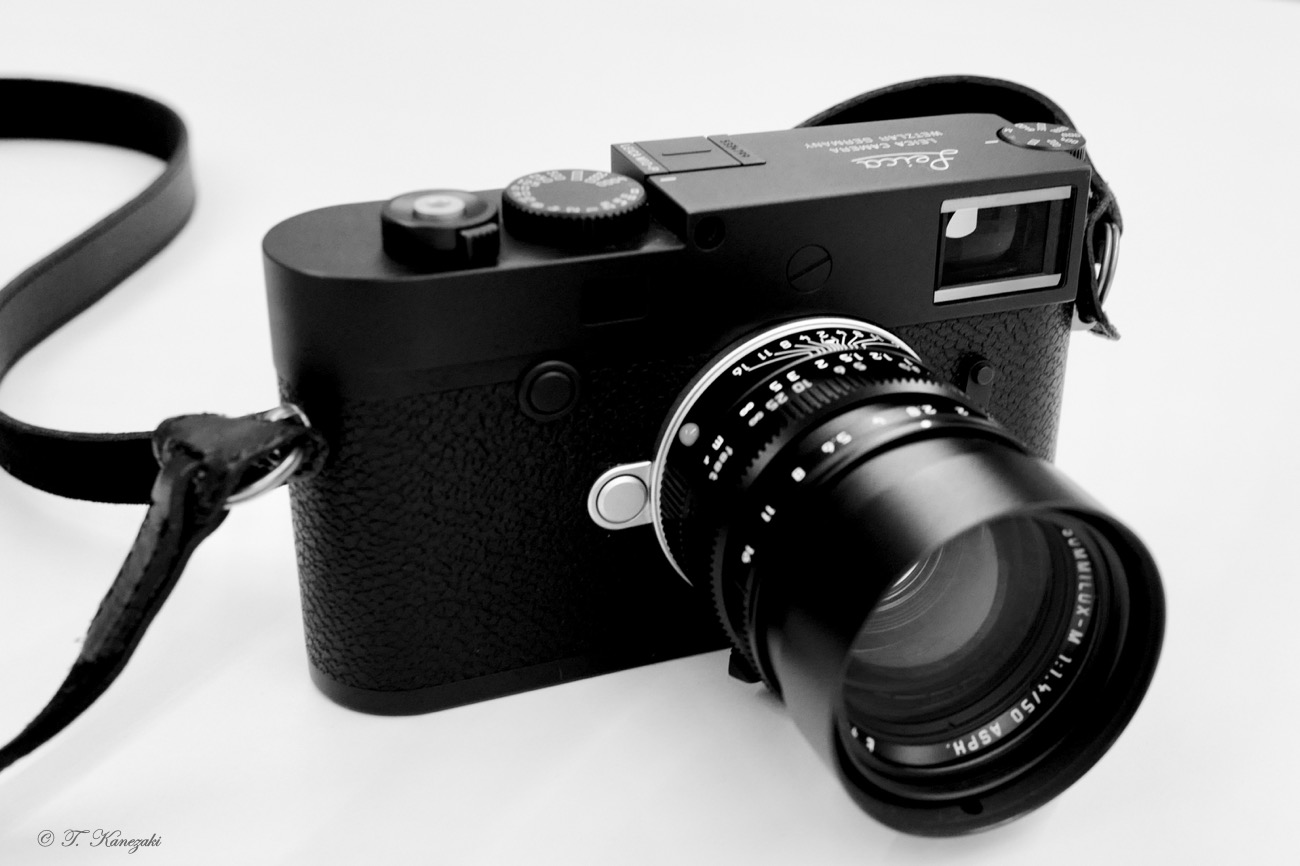
The Leica M10-P uses the same slimmed-down body as the M10, and as you'd expect for a premium product the finish is sumptuous. The M10-P is based around a magnesium chassis, while the top and bottom plates are milled from solid brass blocks, leaving you in no doubt that while the technology inside might not be that relevant in 10 or 20 years time, the camera will still feel special.
The battery and memory card are inserted into the base of the camera, and, somewhat unusually (though not if you're a Leica M user), you have to remove the whole base plate to access this compartment. Fortunately, this isn't as arduous as you might imagine, involving little more than a twist of a D-ring.
The M10-P is all about understatement, and to that end the camera has no Leica red dot logo on the front on the camera, and features only discreet Leica lettering on its top plate. There's also a metal hotshoe cover designed to seamlessly integrate it into the top plate of the M10-P.
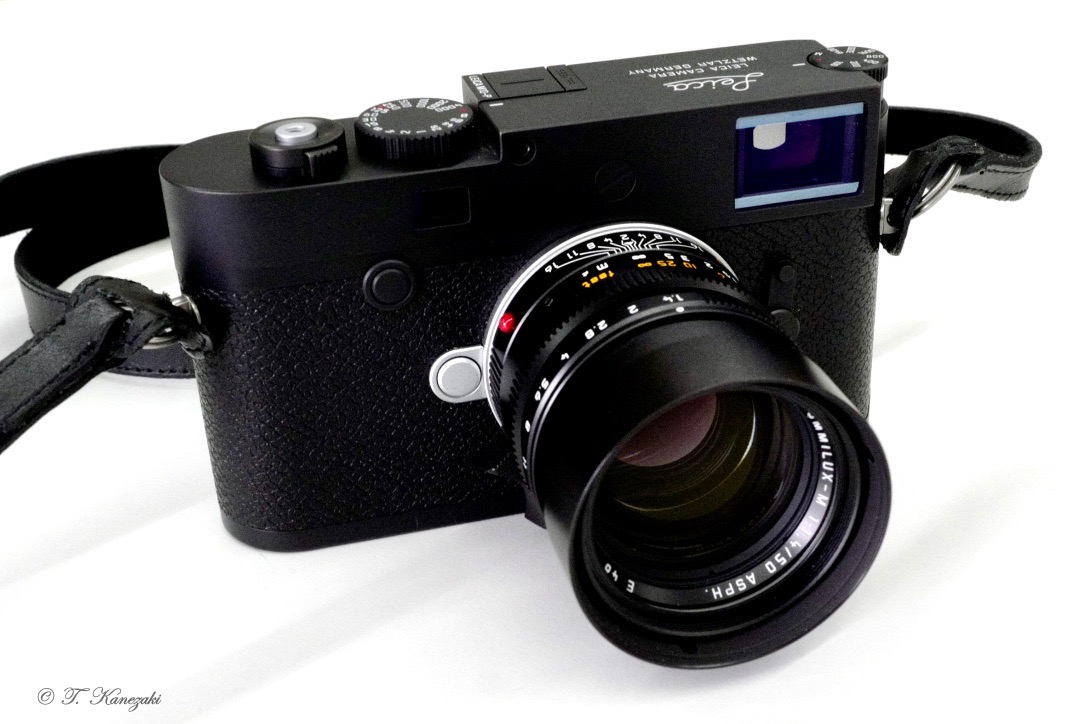
The M10-P also inherits the large viewfinder from the M10, with the same manual rangefinder focusing method. If this is something you're new to it will take a little practice as you attempt to get the two images to become one single sharp image in the viewfinder, but you'll be surprised by how quickly you get the hang of it.
Some scenes, such as those with very bright light or particularly fine details, can be tricky to bring to focus manually, but there is an alternative approach: live view on the rear LCD screen in conjunction with focus peaking. By default, the scene is magnified as you start to turn the focusing ring on the lens, and this makes it much easier to assess focus on smaller elements in the scene. And in practice this works very well, particularly when depth of field is very shallow, and you can even adjust the colour of the highlight if it clashes with whatever it is you want to focus on.
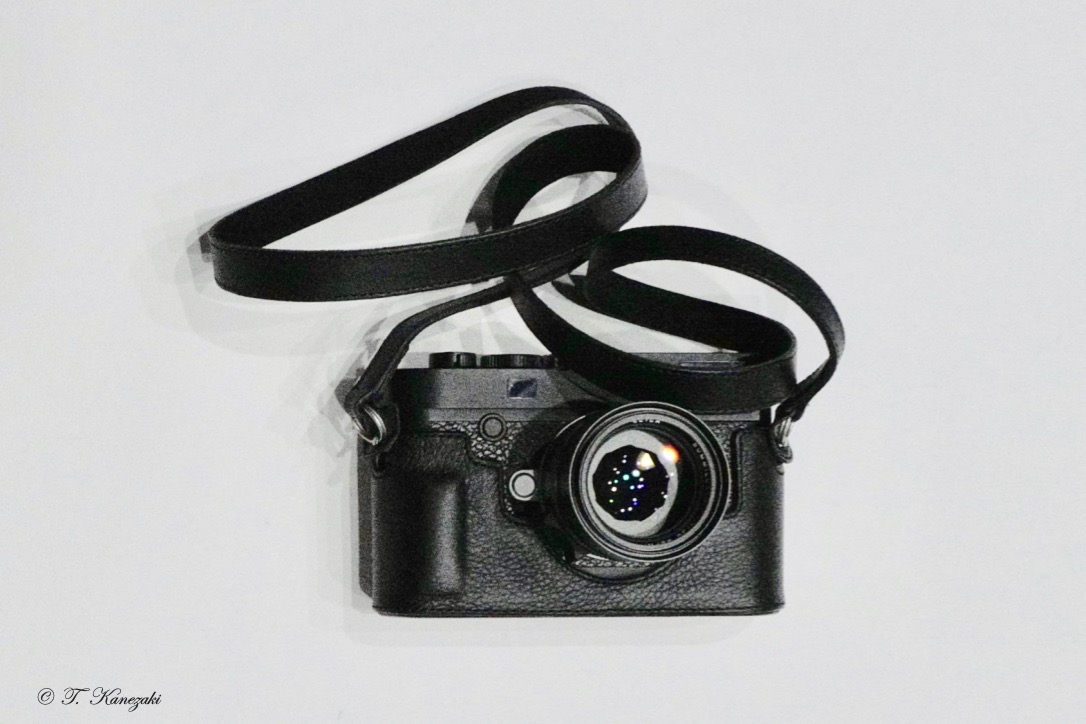
The control layout for the M10-P is incredibly streamlined. On the top plate is the shutter button, which also acts as the on/off switch, along with a large shutter speed dial and a smaller ISO dial on the edge of the camera. To prevent you knocking the ISO out of its desired setting the dial is locked in place, and needs to be lifted out of position to be adjusted. To be honest, this is a little bit too much of a rigmarole if you chop and change your ISO settings regularly - it's not something that can really be done with the camera raised to your eye.
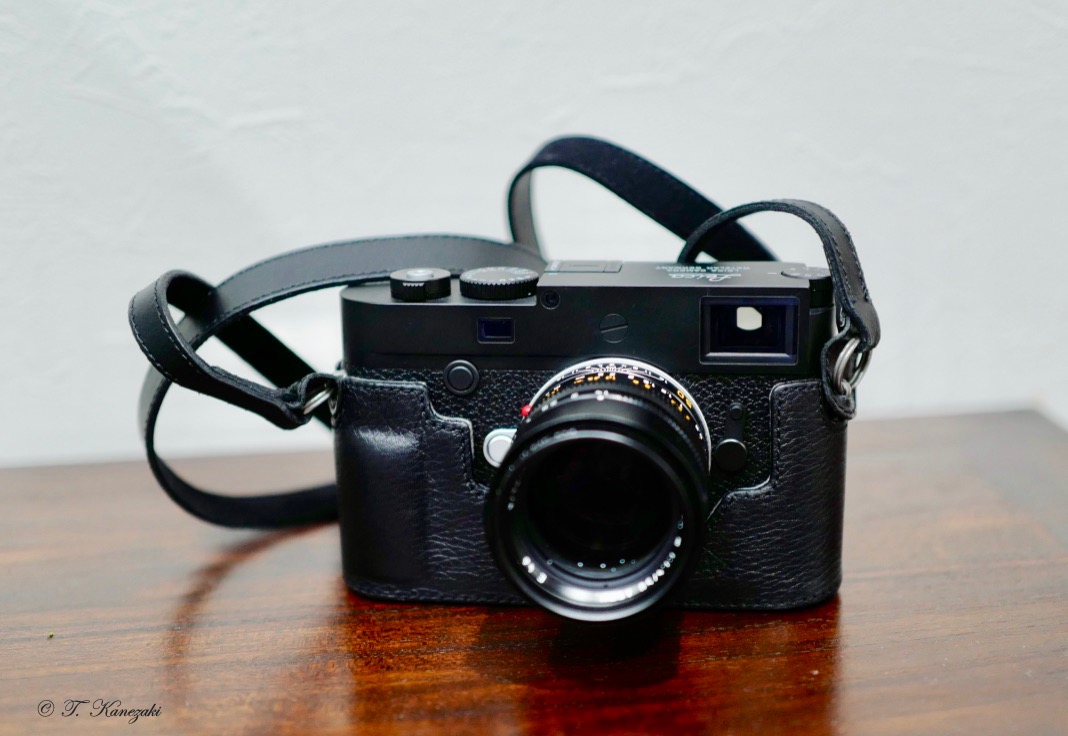
At the back of the M10-P, while some cameras are littered with various controls, the cut-back three button control layout keeps things nice and simple. The limited exterior controls don't really hinder the shooting experience, while the M10-P benefits from touchscreen control; this is designed to primarily to aid focus checking when in Live View, enabling you to pinch to zoom in on the display, while you can also swipe through images in Review mode.
The screen is pleasingly responsive when tapped and pinched, and captured images move around well as you drag your finger across the screen to check different areas. It's just a little more awkward to use when swiping through a number of captured images, as it take a good long swipe from the left-hand-side of the LCD to actually move to the next image.
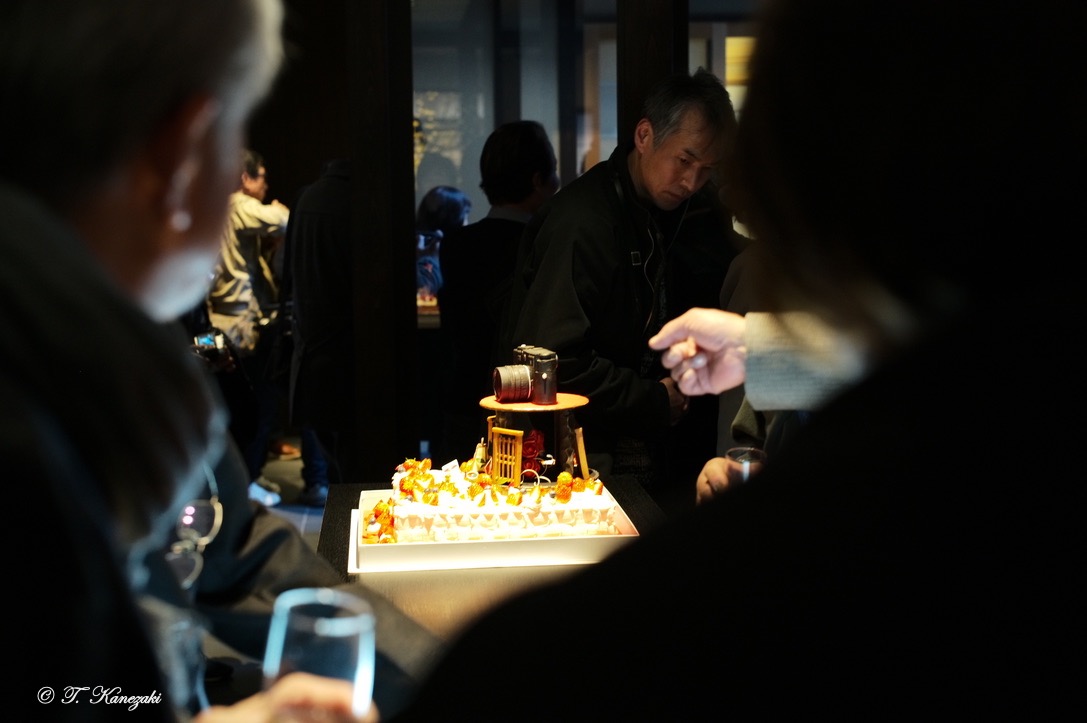
Performance
One of the key things that separates the M10-P from the standard M10 is the new shutter. Leica claims the M10-P features the quietest shutter release of all M-cameras, and it's hard to dispute that. Press the shutter button and the sound is pretty much inaudible - perfect for street photographers. That said, if quietness is your top priority then you might want to think about a mirrorless camera that offers a silent electronic shutter.
The camera's 5fps burst mode manages to keep shooting for around 61 JPEGs on their own or 22 consecutive raw and JPEG frames before slowing down. While this is easily bested by many cheaper cameras, it's perhaps sufficient for the kinds of images the average audience is likely to want to capture. It's also good to see that the camera remains operational while these are sent to the card, although it's not possible to enter the main menu as this happens.
One thing that could be improved is the camera's default JPEG quality. While details remain strong here, some of the vibrancy of raw files appears to be lost in JPEGs captured on the standard settings, and this leaves colours somewhat flat. Fortunately, saturation can be switched from Standard to High to rectify this.
The above issue is compounded by an Auto White Balance system that tends to rob images of warmer tones, so switching to a preset may also help to record the scene more faithfully. One thing that's also slightly puzzling is that vignetting appears to be more of an issue in JPEGs than it is in raw files.
Of course, many who use the M10-P will no doubt be capturing and processing raw files, rather than relying on JPEGs straight out of the camera, and these show themselves to be very flexible when subjected to post processing. Raw files themselves are captured as DNGs (Adobe's Digital Negative raw file format), making it possible to open them in multiple versions of Adobe Camera Raw and Lightroom.
ー LEICA SUMMILUX 1:1.4/50mm ASPH ー
Optically Leica Summilux 50/1.4 ASPH is at the top of its game as expected by any Leica lenses. It has aspherical and floating element inside. Whatever this does I can confirm it works. Sharpness is at its best at f5.6-8, but center sharpness is there already at f1.4. At f1.4 and f2.0 you get nice separation of the object from its surroundings. It is magical here. It produces the 3D rendering that makes colors and object pop.
The lens is made out of metal and glass. Aperture and focus ring is the best I have ever used but it is like this on any Leica new M lens. It just feels so organic and smooth. Clicks sound and feel are delightful. I mostly shoot at 1.4 and 2 so a nice ND filter is needed in bright situations, but it will produce extra vignetting. You can always pull down the iso to 100 so you can use it at f2 in the same situations. Like with any other prime Leica you get the nice scale to help you calculate depth of field- very useful on the field. The hood is build in and it has a lock mechanism by turning it once extended. Filters does not block hood. As all new Ms this lens also has the finger tab to focus it easily with one finger.
Color rendition of the Leica Summilux 50/1.4 ASPH as far as I am concern is superb. You want the best you have to pay for the best. The combination of M body with M lens is extreme especially with this one. The 50/1.4 sits in between two other giants on the Leica 50 mm line: APO 50/2 and Noctilux 0.95. It nicely balance the sharpness, color and size of the one (APO 50/2) and the separation and bokeh of the other (Noctilux 0.95). All those three lenses are magical in their own way. The designer of the lens Peter Karbe, actually admits the lens is APO design but it never got imprinted on the lens itself. The lens is also FLE like Leica 35/1.4 FLE so the engineering inside this small jewell is not to be underestimated.
Object separation is superb. This is my personal choice when it comes to street and landscape photography because of the view angle which is 47 degrees. It is closer to my eyes depth of field so it work very well. It helps me frame better with it and gives enough space between me and the object. Whatever you shoot however you shoot it it always looks proportional and straight. With the Leica 35/1.4 FLE I own, you have to be careful about your angle of shooting. Some lines will curve and look weird. Frames inside the rangefinder also works better. With the 35 mm lens it almost fills the whole rangefinder. With 90 mm lens it is too small. With 50 mm lens it is just perfect. You see enough outside and inside the frame.
Leica Camera announced that it would now the popular Leica Q (Typ 116) 24MP full frame compact camera in a silver anodized finish on October 26, 2017.
The camera is identical in features and specifications to the standard black anodized model, but now features silver anodized aluminum top and bottom plates, along with matching silver lens, screw-on lens shade and push-on lens cap. I've always been a fan of the clean and classic silver Leica aesthetic on the M. Now we know it looks awesome on the Q as well.
Leica charging a ¥50,000 premium over the standard black finish. This is in line with the pricing for the no-longer available Leica Q Titanium Finish, which turned out to be a limited run. Leica isn't saying one way or the other if the silver is here to stay or just available for a short time.
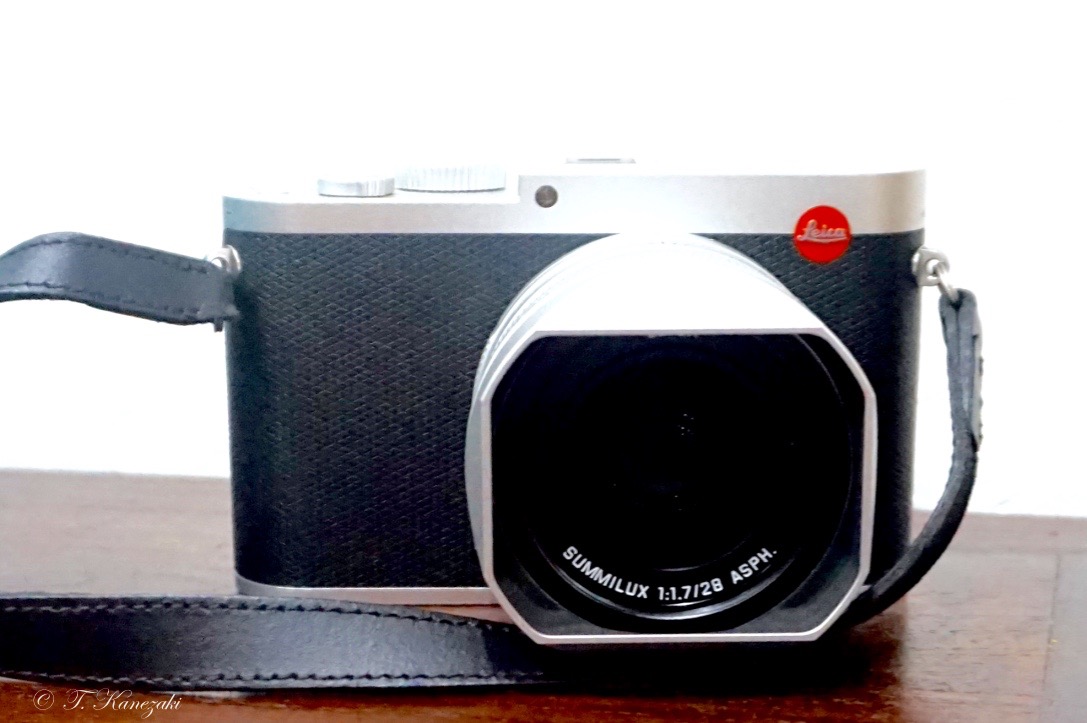
A new look for the ground-breaking compact camera complements its innovation and classically elegant style Leica Camera reimagined the photographer's everyday camera with the Leica Q, featuring a trailblazing design, full-frame sensor, the fastest lens in its class, and an interface for easy and intuitive handling.
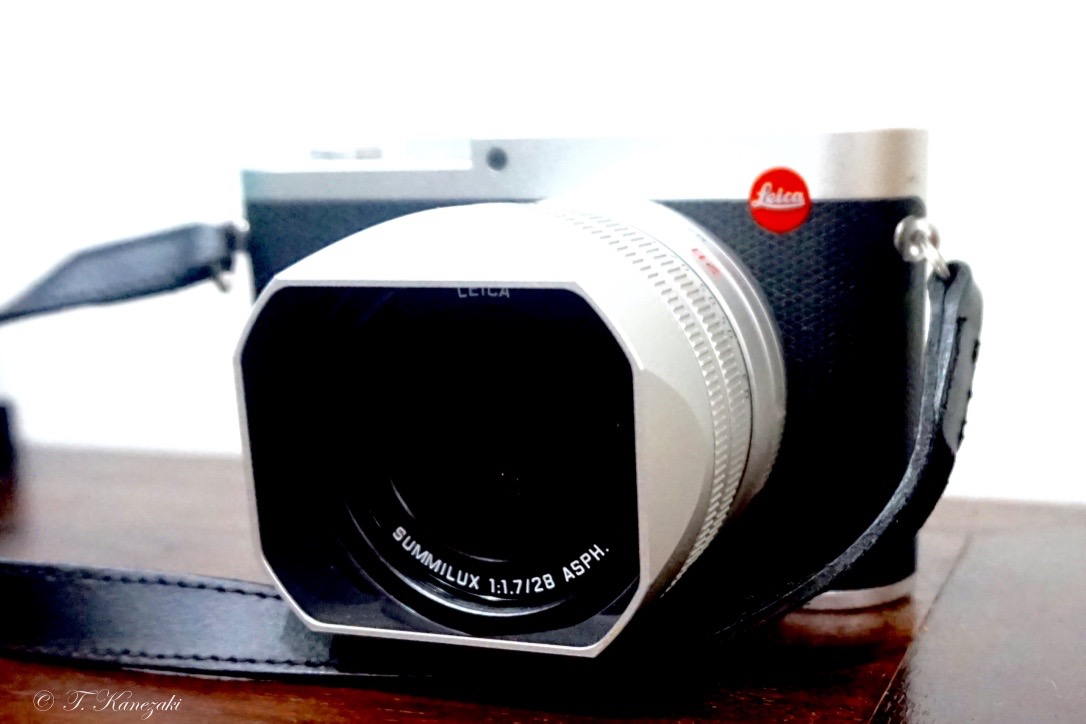
DESIGN
A silver top plate, silver baseplate and silver lens create a striking appearance for this new version of the Leica Q, while the rear of the camera is a sleek and refined black - achieving a modern take on the classic silver and black two-tone look.
The characteristic, high-grip pattern of the standard Leica Q black leather trim has been maintained, while the control elements are redesigned with a silver finish. Red engravings of the distance (feet) scale and the focal length numbers on the lens add a colorful accent to the classic look of the camera.
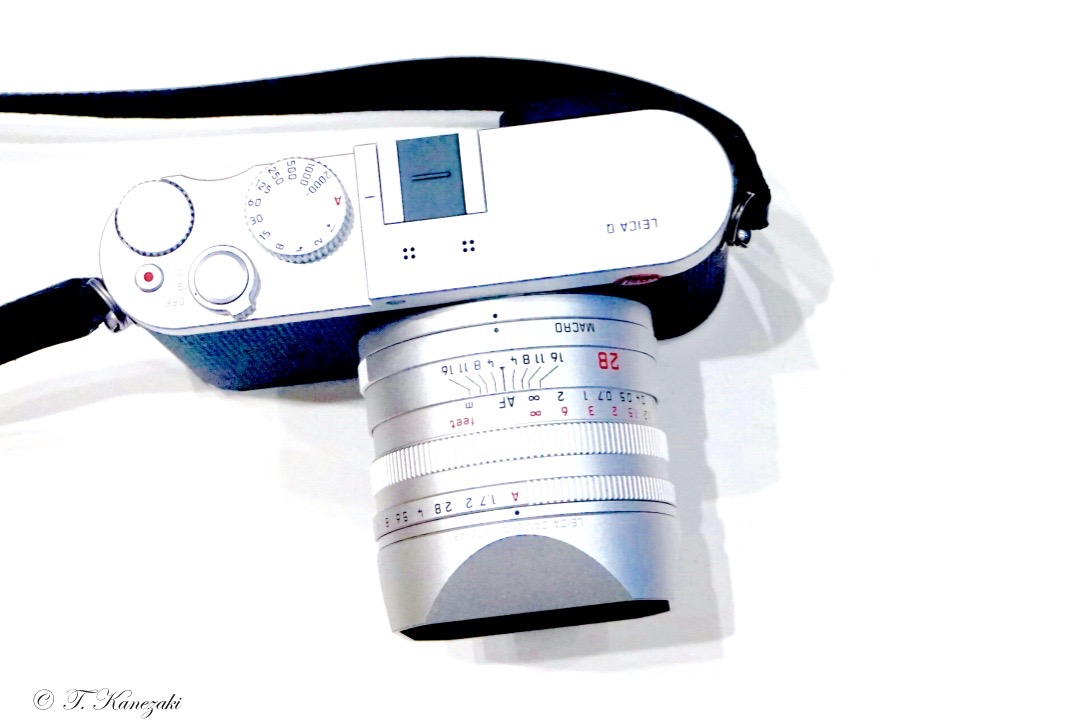
Functional elements within the Leica Q are designed clearly and logistically, for optimum efficiency. For example, the Leica Q control menu provides rapid access to all essential controls and enables users to program personalized settings.
TECHNICAL SPECIFICATIONS
The technical specifications of the silver Leica Q are identical to those of the standard black model. Its incredibly fast lens (the Leica Summilux 28 mm f/1.7 ASPH.) and full-frame sensor (24 megapixels) make the Leica Q a perfect tool for street photography and low light, as well as architecture and landscape shots.
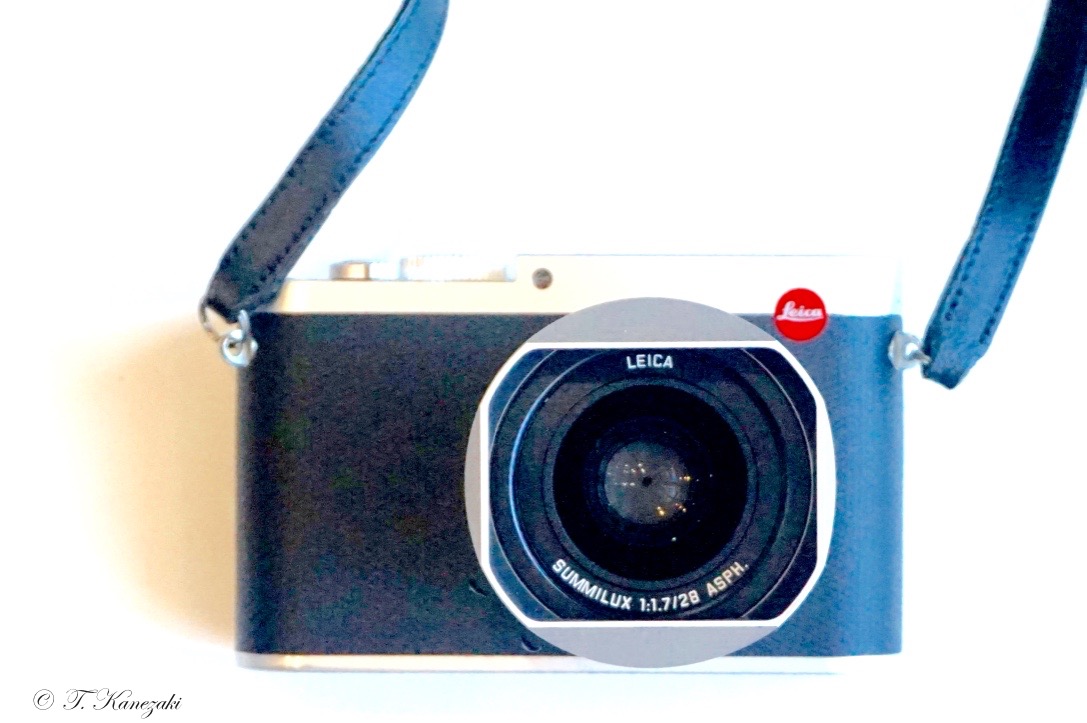
An integrated high resolution electronic viewfinder (3.68 megapixels) offers photographers reliable control of their composition. These features, full HD video capabilities, Wi-Fi integration and more ensure that even the finest details of every subject are captured in a snap, and easily accessible at all times.
仕様
撮像素子 サイズ・形式
フルサイズCMOS センサーç 有効画素数:2420 万画素
レンズ
ライカ ズミルックス F1.7 / 28mm ASPH.
焦点距離・画角:1.25 倍(焦点距離35mm 相当)、約1.8 倍(焦点距離50mm 相当)
開放F値
F1.7~F16(1/3EV ステップ)
最短撮影距離
30cm~∞ マクロモード :17cm~∞
レンズ構成
9 群11 枚 非球面レンズ:3 枚
シャッター
シャッタースピード
30~1/2000 秒(メカニカルシャッター)、1/2500~1/16000 秒(電子シャッター)
1/3 段ステップ フラッシュ同調速度:1/500 秒
ドライブ
速写機能
電子シャッター連動メカニカルシャッター
露光測光
感度:オート、ISO 100~50000
測光方式
マルチ測光、中央重点測光、スポット測光
撮影モード
オート、スポーツ、人物、風景、夜景&人物、雪景色/ビーチ、花火、 キャンドル、
夕焼け、デジタルスコーピング、ジオラマ、パノラマ、 タイムラプス
手ブレ補正機能
光学式(静止画および動画)
電子ビューファインダー
液晶サイズ
ディスプレイ:LCOS ドット数:368 万ドット(1280×960×3 色)
アスペクト比:4:3 視、調整機能付き(±3dpt.)
アイセンサーにより自動的にファインダー表示に切り替え
モニター
液晶サイズ
3.0 型TFT タッチパネル式液晶モニター ドット数:約104 万ドット
メモリ
対応メディア
SD メモリーカード、SDHC メモリーカード、SDXC メモリーカード
静止画
記録画像形式:DNG + JPEG、JPEG
記録サイズ
2400 万画素(6000×4000 画素)、1200 万画素(4272×2848 画素)、600 万画素
(2976×1984 画素)、170 万画素(1600×1080 画素)
動画
記録画像形式:MP4
記録画素数
フレームレート:FHD(1920×1080p、60 コマ/秒または30 コマ/秒)
HD(1280×720p、/30 コマ/秒)
インターフェイス
入出力端子
マイクロUSB 端子(USB2.0 High-Speed)、HDMI 端子
Wi-Fi(無線LAN) :準拠規格:IEEE 802.11b/g/n(無線LAN 標準プロトコル)
NFC :JIS X 6319-4 に準拠
電源
バッテリー
充電式リチウムイオンバッテリー BP-DC 12(公称電圧:DC7.2V、容量:1200mAh)×1
大きさ重さ
外形・寸法
約80×130×93mm
質量(重さ)
約590g(バッテリー含まず) / 約640g(バッテリー含む)
最近はスマートフォンのカメラ性能がとても良くなったので、綺麗な写真が撮れます。 iPhoneで愛用の時計を撮りました。 私は、今流行の大きな腕時計が苦手で、昔ながらの小ぶりの腕時計をしています。 大衆の懐中時計が腕時計に代わっていく1930年代頃のアメリカやイギリスの腕時計は、 小さかった。




